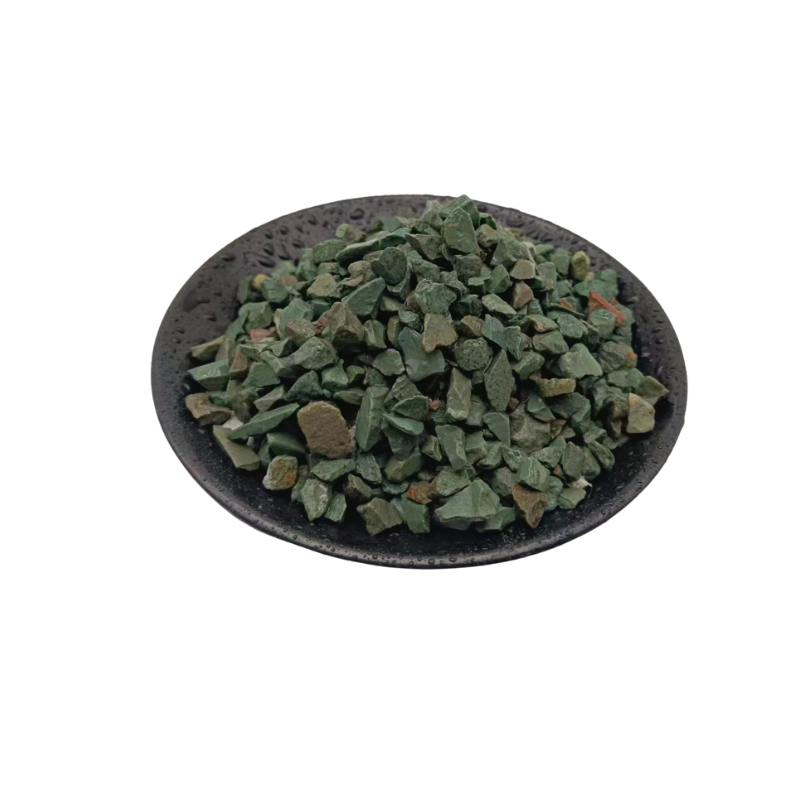
Exploring the Properties and Applications of Metal Oxide Pigments in Modern Industry
Exploring Metal Oxide Pigments Versatility and Applications
Metal oxide pigments have garnered significant attention in various industries due to their unique properties and extensive applicability. These inorganic compounds exhibit a wide range of colors and characteristics that make them ideal for use in paints, coatings, plastics, ceramics, and even cosmetics. This article delves into the composition, benefits, and applications of metal oxide pigments, shedding light on why they are favored in many sectors.
Composition and Properties
Metal oxide pigments are primarily composed of metallic elements combined with oxygen atoms. Common examples include titanium dioxide (TiO₂), iron oxide (Fe₂O₃), zinc oxide (ZnO), and chromium oxide (Cr₂O₃). Each of these compounds imparts distinctive colors titanium dioxide is known for its bright white hue, iron oxides range from deep reds to yellows, and zinc oxide is typically a soft white.
One of the most notable characteristics of metal oxide pigments is their stability. They are generally non-toxic, UV resistant, and have excellent thermal stability, making them suitable for outdoor applications where exposure to sunlight and temperature fluctuations might degrade other types of pigments. Furthermore, many metal oxide pigments demonstrate good hiding power and opacity, allowing them to effectively cover underlying surfaces.
Advantages of Metal Oxide Pigments
1. Durability Metal oxide pigments are less prone to fading compared to organic pigments. This longevity is vital for products that need to maintain their aesthetic appeal over time, such as exterior paints and industrial coatings.
2. Non-Toxicity Given the increasing concerns regarding health and environmental safety, metal oxide pigments are preferred in many formulations. They are generally regarded as safe, making them suitable for products such as food packaging and children’s toys.
3. Versatile Color Range Although often associated with specific colors, metal oxide pigments can be combined to create an extensive palette. This versatility allows manufacturers to meet diverse design needs while maintaining product quality.
4. Compatibility Metal oxide pigments can be easily blended with various materials, including plastics and resins. This adaptability is crucial for industries like automotive and construction, where color consistency and durability are paramount.
metal oxide pigments

Applications of Metal Oxide Pigments
The applications of metal oxide pigments are vast and varied
- Construction Materials In the construction industry, metal oxide pigments are widely used in concrete, roofing tiles, and various other building materials. Their UV resistance helps maintain color integrity, enhancing aesthetic appeal and durability.
- Paints and Coatings Metal oxide pigments play a crucial role in formulating paints and coatings, offering excellent coverage and resistance to weathering. They are particularly favored in architectural coatings and industrial paints, where long-lasting color is essential.
- Plastics and Polymers These pigments are also used in the plastics industry, where they provide coloration and protection against UV degradation. For example, packaging materials can benefit from the enhanced appearance and durability provided by metal oxide pigments.
- Cosmetics In cosmetics, metal oxides like titanium dioxide and zinc oxide are commonly used as pigments and UV filters. They contribute to the opacity and texture of products such as foundations and sunscreens.
- Art and Crafts Artists and hobbyists frequently use metal oxide pigments in paints and inks due to their vibrant colors and permanence. The ability to mix and match these pigments allows for a broad range of artistic expression.
Conclusion
Metal oxide pigments represent a remarkable intersection of aesthetics, functionality, and safety. Their durability, non-toxic nature, and versatility make them invaluable across various sectors, from construction and automotive to cosmetics and art. As technology continues to evolve, research into new formulations and applications of metal oxide pigments is likely to expand, further enhancing their utility and importance in the modern marketplace. Whether in vibrant paints, resilient coatings, or innovative plastics, metal oxide pigments are driving color and performance forward in countless products.
Share
-
Premium Resin Coated Sand - High Heat Resistance CastingNewsJul.31,2025
-
High Quality Silicon Carbide Grit for Abrasive ApplicationsNewsJul.30,2025
-
High-Quality Ceramsite for Plants & Gardening | Lightweight PebblesNewsJul.29,2025
-
Premium Burgundy Glass Marbles for Vases & Shooter GamesNewsJul.29,2025
-
High Purity Quartz Sand for Industrial and Ground ApplicationsNewsJul.29,2025
-
High-Quality Barite Powder for Drilling & Industrial UseNewsJul.29,2025






